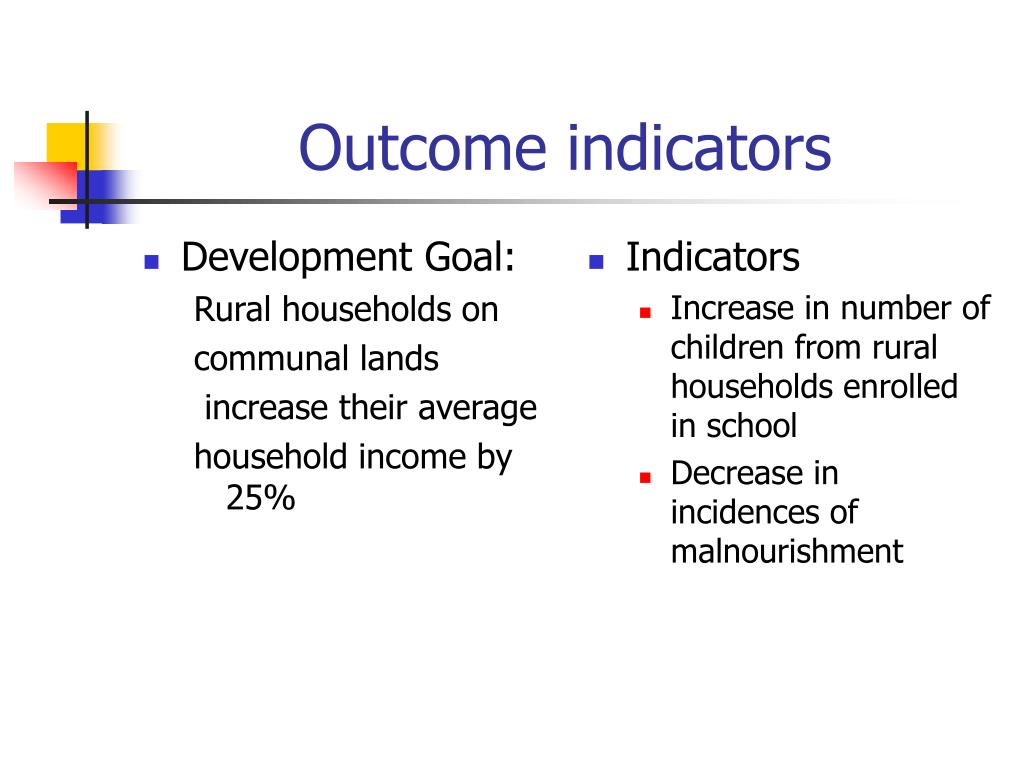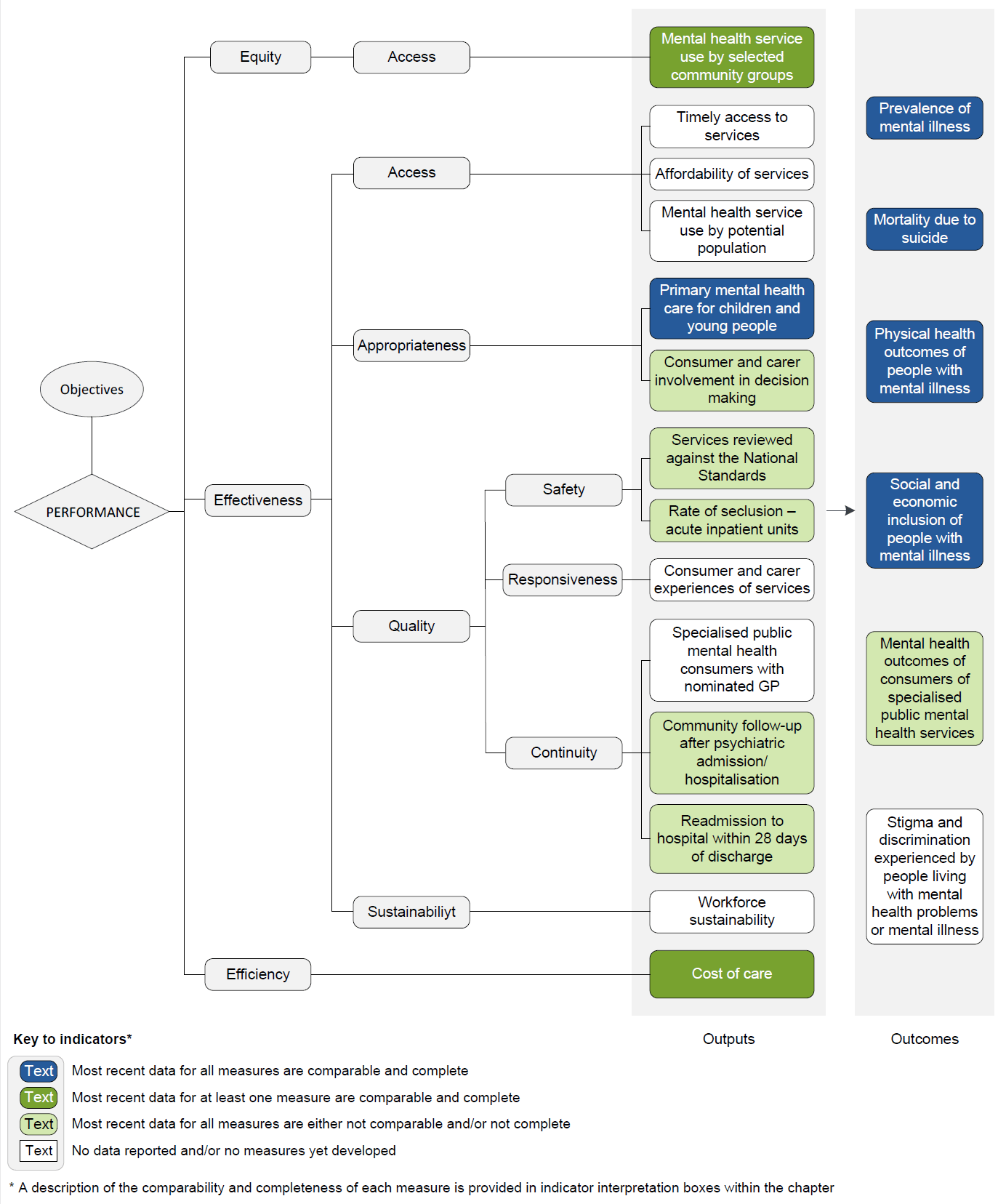
Health systems must be seen in terms of their goals, which include not only health improvement, but also equity, responsiveness to legitimate expectations, respect of dignity, and fair financing, among others. Health systems should include not only the institutional or supply side of the health system but also the population. Health systems should not be expressed in terms of their components only, but also of their interrelationships. Some authors have developed arguments to expand the concept of health systems, indicating additional dimensions that should be considered: Often health system has been defined with a reductionist perspective. Also, continuity of health care is a major goal. They have also been described in the United States as "the five C's": Cost, Coverage, Consistency, Complexity, and Chronic Illness. Other dimensions for the evaluation of health systems include quality, efficiency, acceptability, and equity. Progress towards them depends on how systems carry out four vital functions: provision of health care services, resource generation, financing, and stewardship. 2.1 World Health Organization definitionĪccording to the World Health Organization (WHO), the directing and coordinating authority for health within the United Nations system, healthcare systems' goals are good health for the citizens, responsiveness to the expectations of the population, and fair means of funding operations. 
These peculiarities bedevil and complicate international comparisons and preclude any universal standard of performance. As with other social institutional structures, health systems are likely to reflect the history, culture and economics of the states in which they evolve. However, health care planning has been described as often evolutionary rather than revolutionary. In others, there is a concerted effort among governments, trade unions, charities, religious organizations, or other co-ordinated bodies to deliver planned health care services targeted to the populations they serve. In some countries, health system planning is distributed among market participants.

Implicitly, nations must design and develop health systems in accordance with their needs and resources, although common elements in virtually all health systems are primary healthcare and public health measures. There is a wide variety of health systems around the world, with as many histories and organizational structures as there are nations.

Organization of people, institutions and resources that deliver health care servicesĪ health system, also known as health care system or healthcare system, is the organization of people, institutions, and resources that deliver health care services to meet the health needs of target populations.







 0 kommentar(er)
0 kommentar(er)
